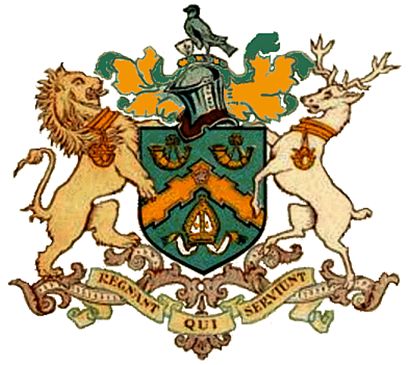Finchley: Difference between revisions
Knorrepoes (talk | contribs) (Created page with '{|width="100%" style="color:black; background-color:#ffffcc;" |width="15%"|50 px|left |width="70%" align="center" |'''Heraldry of the World<br>Civic h…') |
Knorrepoes (talk | contribs) m (Text replace - "|width="15%"|50 px|right |}" to "|width="15%"|50 px|right |}<seo title="Crest, Arms, Coat of Arms, Heraldry />") |
||
| Line 3: | Line 3: | ||
|width="70%" align="center" |'''Heraldry of the World<br>Civic heraldry of the [[United Kingdom]]''' | |width="70%" align="center" |'''Heraldry of the World<br>Civic heraldry of the [[United Kingdom]]''' | ||
|width="15%"|[[File:United Kingdom.jpg|50 px|right]] | |width="15%"|[[File:United Kingdom.jpg|50 px|right]] | ||
|} | |}<seo title="Crest, Arms, Coat of Arms, Heraldry /> | ||
'''FINCHLEY ''' | '''FINCHLEY ''' | ||
Revision as of 12:11, 7 May 2014
| Heraldry of the World Civic heraldry of the United Kingdom |
FINCHLEY
Incorporated into : 1965 Barnet
Official blazon
Arms: Vert on a Chevron raguly between in chief two Bugle Horns stringed Or and in base a Mitre Argent garnished Gold a Rose Gules surmounted by another Argent.
Crest: On a Wreath Or and Vert a Finch proper resting the dexter claw on an Escutcheon Or changed with a Fleur-de-Lys Gules.
Supporters: On the dexter side a Lion and on the sinister side a Stag proper each gorged with a Collar suspended therefrom a Bugle Horn ensigned with a Ducal Coronet Or.
Motto: 'REGNANT QUI SERVIUNT' - They rule who serve.
Origin/meaning
The arms were granted on July 10, 1933.
The green background and ragged chevron recall the oak woods for which Finchley was formerly famous. The horns and stags refer to the hunting-ground of the Tudor Monarchs, represented by the double rose. The mitre represent the Bishops of London, who owned land in the District.
The finch and "lys" are a heranldic pun on the name.
The lion is part of the arms of the Countess of Pembroke, a progentitor of the Comptons, who held the Manor of Finchley.
Literature : Scott-Giles, 1953, Image from David Hale
